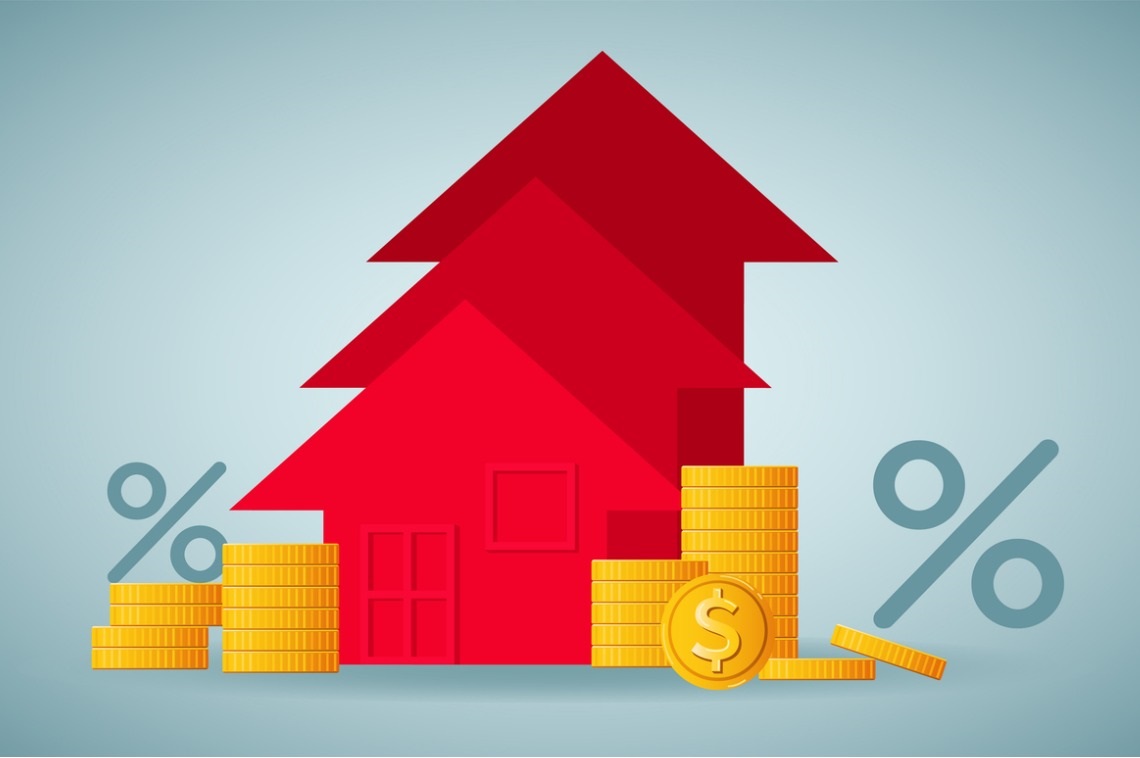Economists may see the ongoing steady job growth and strength of the economy as the backdrop for the recent, sharp reversal in mortgage rate decreases, but data shows homebuyers are holding out for lower rates just the same.
The 30-year-fixed-rate mortgage averaged 6.44% this week, up from last week’s average of 6.32% and marked the third-consecutive week of increases, according to the latest Primary Mortgage Market Survey® (PMMS®) from Freddie Mac, released Thursday.
“The 30-year fixed-rate mortgage increased for the third consecutive week, moving closer to 6.5%,” said Sam Khater, Freddie Mac’s chief economist. “In general, higher rates reflect the strength in the economy that is supportive of the housing market. But notably, as compared to a year ago, rates are more than one percentage point lower and potential homebuyers can stand to benefit, especially by shopping around for the best quote as rates can vary widely between mortgage lenders.”
This week’s numbers:
- The 30-year FRM averaged 6.44% as of October 17, 2024, up from last week when it averaged 6.32%. A year ago at this time, the 30-year FRM averaged 7.63%.
- The 15-year FRM averaged 5.63%, up from last week when it averaged 5.41%. A year ago at this time, the 15-year FRM averaged 6.92%.
Realtor.com Sr. Economist, Ralph Mclaughlin:
“This puts mortgage rates at their highest since August,” said Realtor.com Senior Economist Ralph Mclaughlin. “While we expect the long-run trend in mortgage rates to be downward, recent weeks have brought volatility. On the one hand, the 10-year treasury surged last week in the face of a hot jobs report as well as CPI report that came in slightly hotter than expected. This helped boost mortgage rates last week and somewhat this week. On the other hand, the 10-year treasury fell yesterday on Federal Reserve Bank of San Francisco President Mary Daly’s comments that there’s room for the central bank to lower rates.
“This is likely to put slight downward pressure on mortgage rates at the end of this week and into next,” Mclaughlin said, adding, “This see-saw pattern could be with us until the last week of the month, when we get a double whammy of new price and employment data with the PCE release on October 31st followed by the October jobs report on November 31st. If inflation and employment growth come in hotter-than expected, we’ll likely get increases in mortgage rates during election week, and vice versa.”

